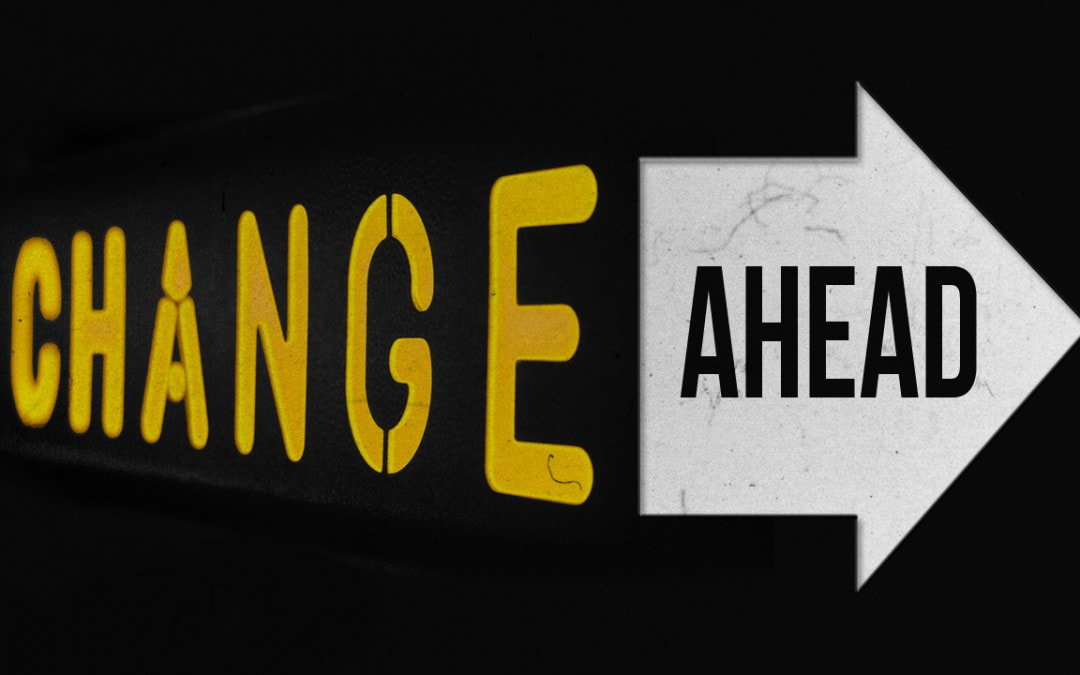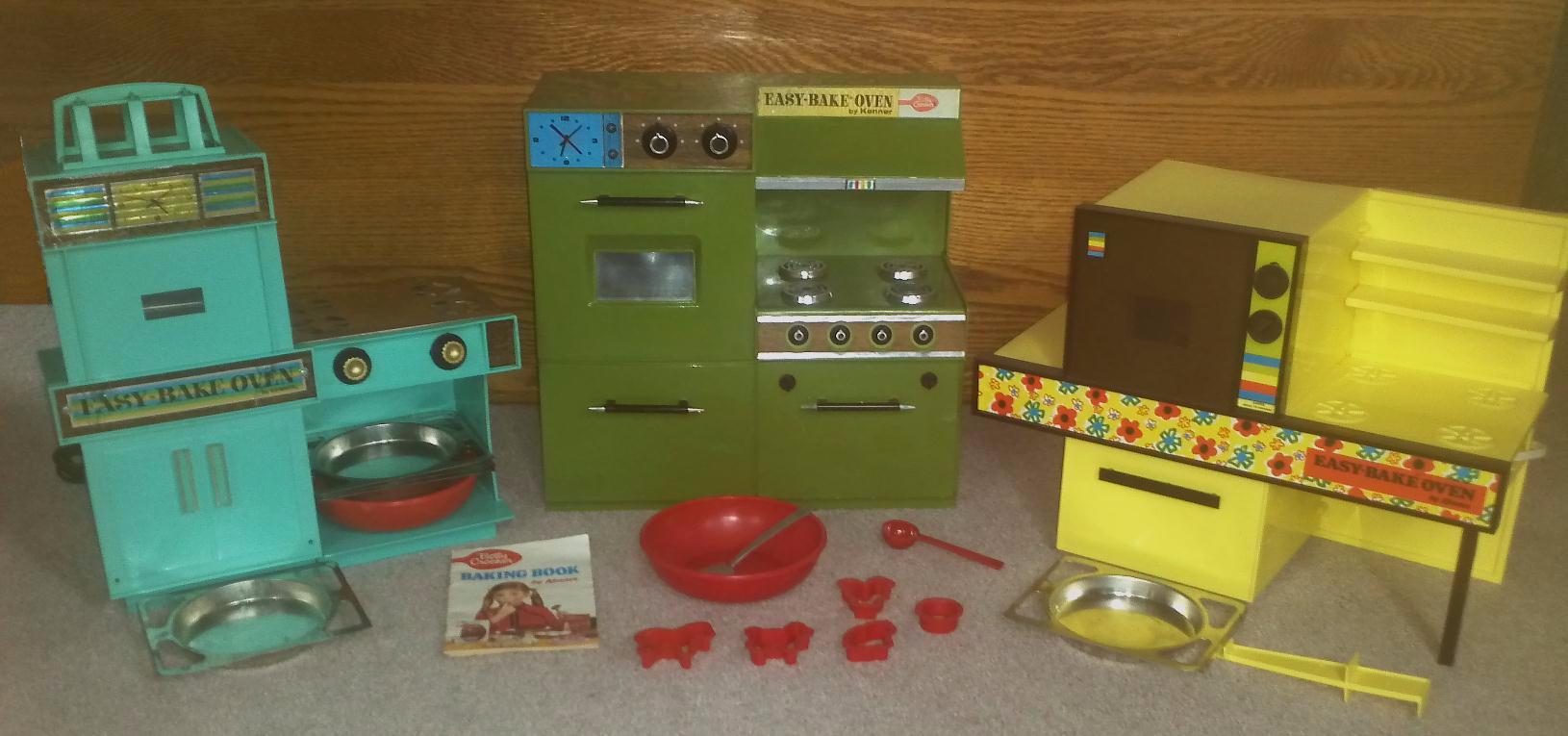- Envision the future. Give yourself a long runway, maybe five years. Where would you like to be? What will you be doing? Who’s with you? What’s your message? Who’s listening? Painting a clear, detailed picture will let you get a handle on what you want and need from the change. This will help you focus on what you’ll get, and that’s important to keep yourself going when the hard parts of the change begin (because they will).
- How did you get there? Look backward from the success you’ve achieved. What skills or talents did you use to get there? These are the tools in your toolkit that you want to use. It’s important to know whether you’ve got everything you need – or whether you’ll need to build regular learning into the picture. (Hint: if you’re not learning and stretching, you’re not thinking big enough – and it won’t feel like you’ve changed anything when you arrive).
- Why did you want to go in the first place? Author Simon Sinek recommends that you start with “why”, and then work on what and how – but sometimes it’s difficult to get your brain around the motivation before you figure out what it is that you are motivated to do. If you’d rather start with the purpose, because you already know you want to educate kids or save kittens, go for it. Start here, then backtrack to Step One.
- If you tried before, what didn’t work? Don’t do that. Seriously, evaluate what it was about your first effort that failed. You’ve probably done plenty of thinking about that already. Now figure out the actions and attitudes that did work – and work on those. You’ll get a much clearer picture of actions that were helpful and harmful than you had, the last time.
- If you’ve never tried, start now. Honestly, start anywhere. Work on your business model. Interview some people in your ideal role. Profile a customer. It doesn’t matter. As soon as you break them logjam and start moving toward the change you’ve been looking for, you’ll start to pick up momentum. Make time to commit to a few steps every day, and just keep going. Eventually, it will all come together. Just dreaming about it won’t get you anywhere.
I’m Megann Willson, and I’m one of the Founding Partners here at PANOPTIKA. Are you experiencing a specific challenge with your new business, or your dream business? Let’s talk. We help our clients find, know, and keep customers – so they can build strong businesses that stand the test of time. You can find more advice from us on Twitter, LinkedIn, or Facebook. Subscribe using the button below for special news and offers from us.









